About Us
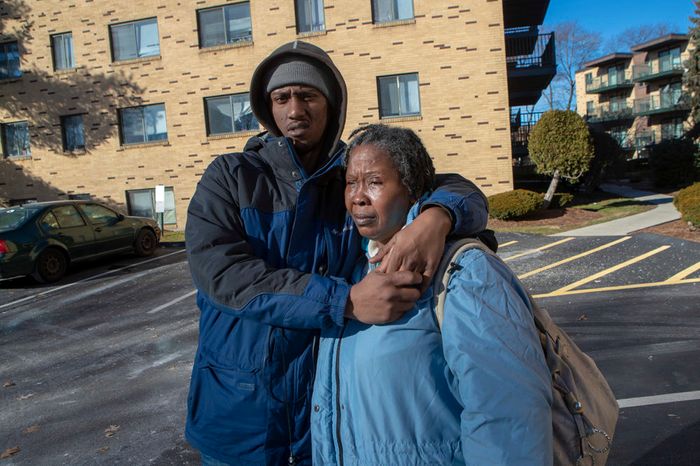
ABOUT US
The Destiny Program
The Destiny Program is a non-profit organization based in Las Vegas, Nevada, founded by Steve Philostin. It was named in 2021 after Steve's daughter Destiny.
The Destiny Program empowers single mothers, military veterans, the working homeless population, and former inmates experiencing homelessness with affordable housing.
Steve experienced tough times himself and created The Destiny Program not just to give back, but because he truly believed that housing first for those at risk and most marginalized in our society is a core component of making everyone’s lives better.
Steve believes that becoming a homeowner brings pride of ownership and a host of other benefits. Giving families living in homelessness is a solid start to a better life.
Steve owns the modular prefab tiny home company Out of the Box Housing. He envisioned using the company’s expertise, and when appropriate, its products, to create tiny homes and tiny home villages.
The Destiny Program works with partner organizations that can offer wrap-around services integrated, or nearby, these villages and housing developments.
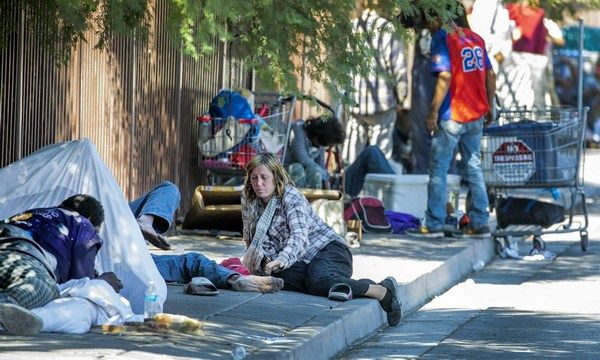
Mission
Our Mission
The Destiny Program empowers single mothers, military veterans, the working homeless population, and former inmates experiencing homelessness with affordable housing.
Determining Affordability

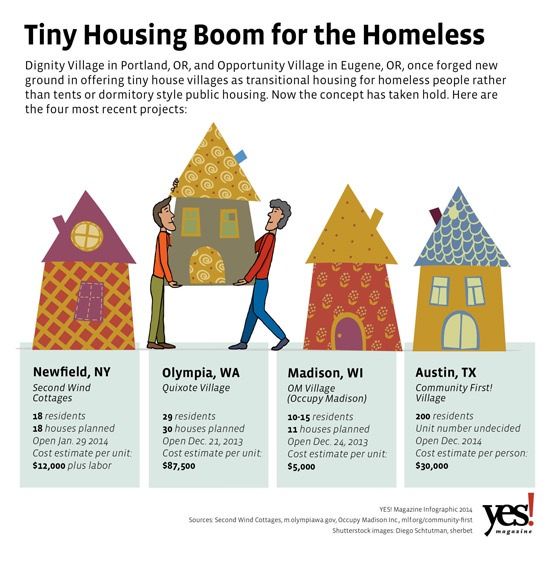
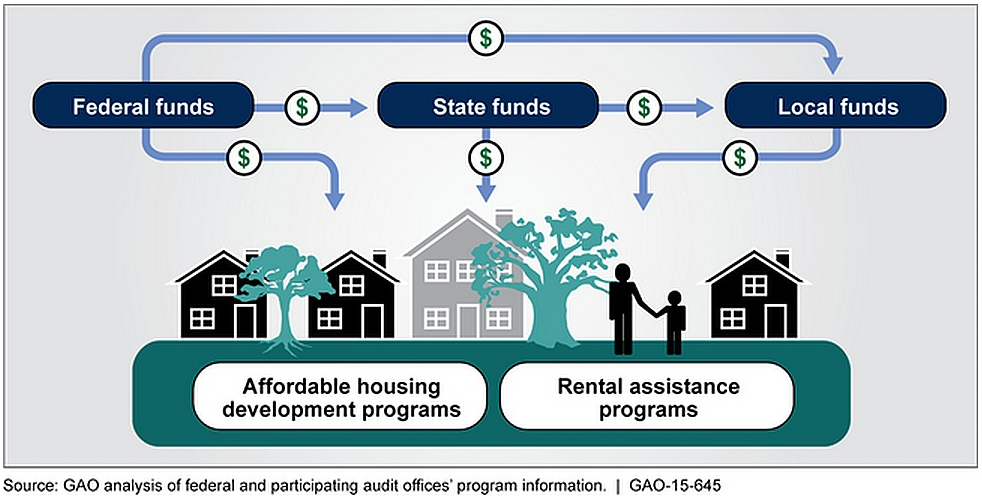
Government Housing Assistance Programs
U.S. Federal Housing Assistance
The federal government offers housing assistance under the Federal Housing Act of 1949. The Act provides assistance to both renters and landlords through specific sections. The most common programs are Section 8 housing vouchers and Section 42 housing credits.
Section 8 Housing
Section 8 vouchers are aimed at providing housing for low-income or moderate-income families. Landlords submit private apartments or homes for Section 8 programs. Residents can apply for assistance in the form of a housing voucher from the United States government. The voucher may cover all or a portion of the rent. After the voucher is received, the resident can find an available apartment within the Section 8 program. Unfortunately, availability for both vouchers and apartments is very limited in some areas.
Section 42 Program
The Section 42 program, or the LIHTC, provides owners with tax credits for investing in low-income housing buildings. Unlike Section 8, which focuses on a household’s income, the LIHTC looks at the average median income (AMI) of the area. A property is eligible if at least one-fifth of the units available are set aside for renters with an income that is below half of the AMI. Management should reserve another two-fifths of the units for households with an income that is 60 percent or less of the AMI.
To qualify for LIHTC in Las Vegas, a 50-unit apartment complex should have 10 apartments for low-income renters with a monthly income of $2,348 or less, and another 20 apartments for moderate-income renters with a monthly income of $2,818 or less.
State and Local Housing Assistance
Help may also be available at the state, county, or city level. Each area has its own approach to low-income housing. It’s best to contact your local housing authority directly to see the rules for that agency.
Some assistance programs limited to certain areas may include:
- Public housing
- Rent controls or caps
- Subsidized housing
Public Housing
In the past, public housing concentrated exclusively on income levels, leading to a host of unintended negative consequences. Now, public housing tends to focus on residents’ needs. For example, in Clark County, NV, recently commissioned affordable housing developments for seniors. Additional developments for the disabled or military veterans may offer more than just price reductions; they may also give residents access to related services and programs to improve their quality of life.
Rent Controls or Caps
Rent controls are common in big cities For example, in New York City, city laws limit rent increases for certain types of apartments. Rent caps may have unintended consequences. While rent may stay low, management does not re-invest in those buildings, leaving low-income households with old and sometimes substandard rental options. New development occurs outside of rent-capped areas due to a more competitive housing market.
Subsidized Housing
Subsidized housing can include properties that participate in Section 42, but subsidies may also come from other programs as well. A state or county agency may be able to partially fund a new housing development in a public-private partnership.
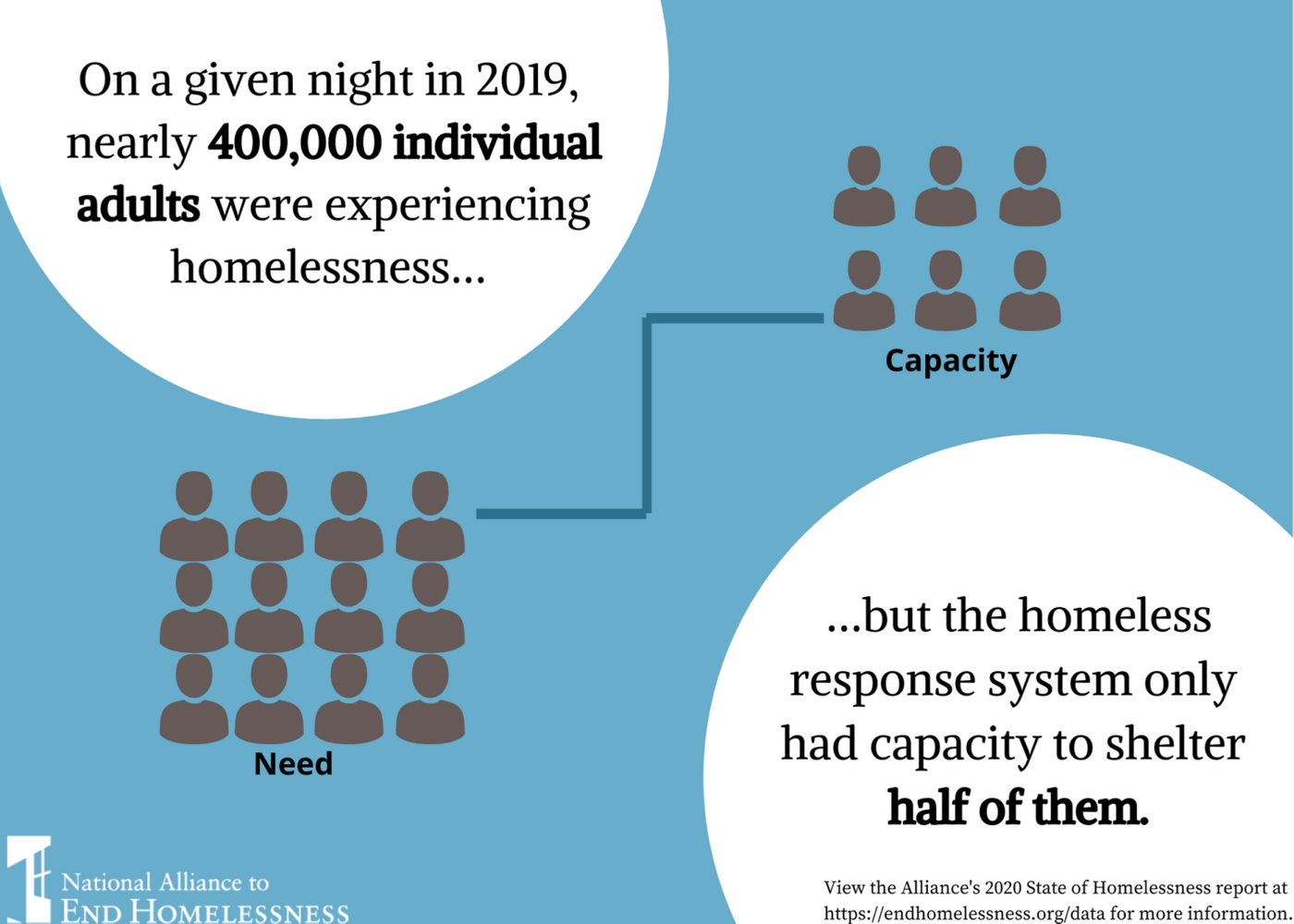
How Can Tiny House Help The Affordable Housing Crisis?
Tiny homes can alleviate affordable housing issues in a number of different ways, including government use, non-profit use, and private owners.
Government Use
Governments can stack our modular homes to maximize the number of homes on a specific piece of land. While they may be the same size as some apartments, each of these homes can be moved independently. Innovative authorities can consider a rent-to-own plan for individual houses as a form of subsidized housing, encouraging households to move from a rental into home ownership. With a low acquisition cost and no minimal construction time, our tiny homes are a logical and unique option for creating more affordable housing.
Non-Profit Use
Local non-profits can consider placing our pop-up homes within already-developed properties in unutilized, open areas. These tiny homes can be placed in parking lots, backyards, or other small areas. This adds housing capacity in unique ways and increases housing choice.
Private Owners
One way to create more affordable housing is by maximizing land use. Private homeowners that have extra room in backyards could consider placing a tiny home on their property. As our container homes are low in cost and small, this housing option could be offered at low rent rates.
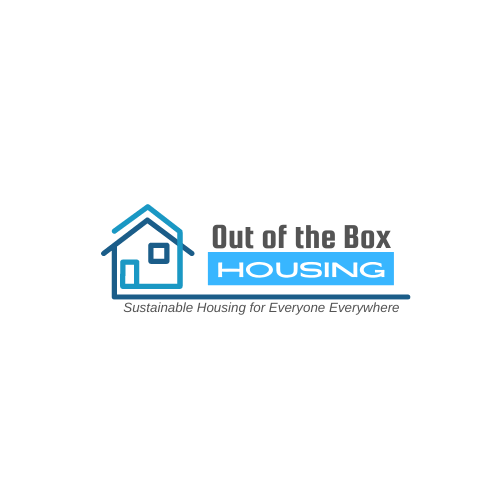
Our Partner's Tiny House Options
Out of the Box Housing offers complete kits that are easy to assemble. Unlike the small houses featured on Tiny House Nation, customers don’t have to build these tiny homes from scratch. The kits include all the necessary materials for a basic tiny home:
- walls
- windows
- roof
- insulation
- flooring
- sink
- shower
Electrical and plumbing are included, but homeowners will need to ensure water and electricity access separately. Both models support solar power and RV-style septic systems. Kitchens and sustainable living modules like hydroponics can be added for an additional cost.
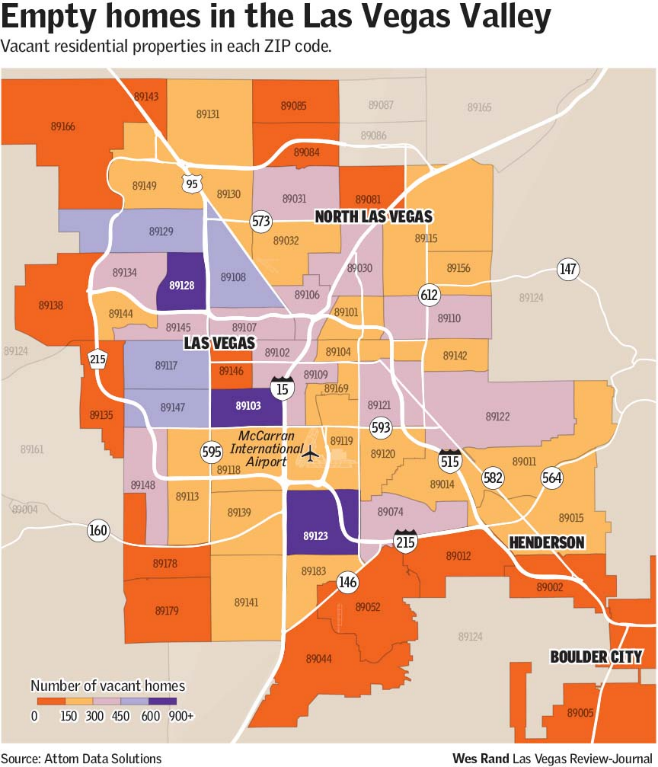
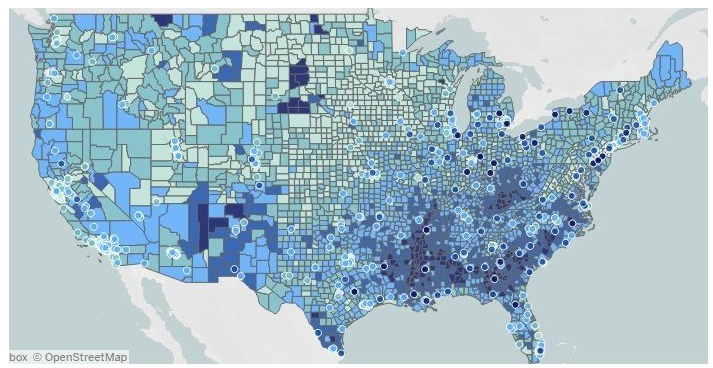
Make a Donation
The Destiny Program is led by caring professionals who have experienced homelessness themselves at some point during their lives and passionately want to help others out of homelessness. We believe that becoming a homeowner brings pride of ownership and a host of other benefits, giving families living in homelessness a solid start to a better life. Help us by making a donation.
